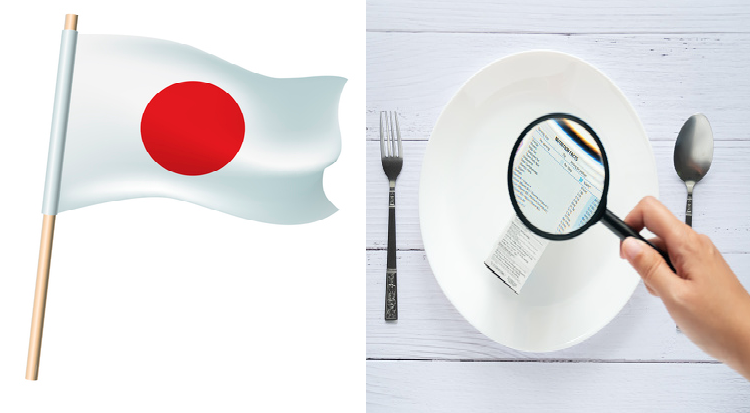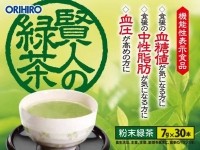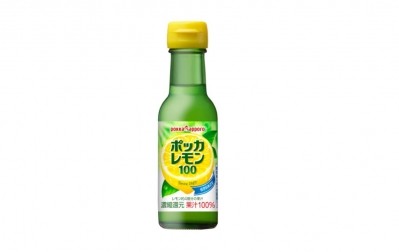Japan’s functional food insights part 1: Products with multiple health claims on the rise – exclusive data

Out of the 221 FFCs launched in April to June this year, more than one-third (80) are FFCs with multiple claims.
From last April till March this year, there were nearly 200 such products launched. In 2018, it was slightly more than 150 and less than 100 in 2017.
The number of FFCs with multiple health claims launched this year is expected to hit at least 300.
The data is based on the report ‘In-depth Analysis of the Status of Foods with Function Claims (FFC)’ produced by Japan-based health foods and cosmetics consultancy firm Smooth Link.
Compared to Japan’s more stringent Food for Specified Health Uses (FOSHU) scheme, the FFC scheme launched in April 2015 does not require approval by the Consumer Affairs Agency (CAA) to make a health claim.
The estimated market size of FFCs would exceed JPY$300bn (US$2.8bn) this year, up 38.6% from 2018, according to market research company Fuji Keizai.
On the other hand, the FOSHU market is expected to hit JYP$340bn (US$3.18bn), a 5.5% drop as compared to 2018.
Since the FFC scheme was introduced in April 2015, 646 out of the 2,951 FFCs launched have multiple health claims.
Lutein UQ Plus from Unikiss is an example of a FFC with multiple health claims, information from Plusaid – an online database which keeps track of FFC launches has shown.
Registered on April 15, the product containing lutein and zeaxanthin has made the claims 1) to increase and maintain the amount of macular pigment in the eye and support contrast sensitivity and glare recovery, and 2) reduces temporary mental stress and light stress such as blue light.
Another example is Fujiflim Coporation’s Meta Barrier Premium supplement.
Containing salacinol, epigallocatechin gallate, phlorotannin, and monoglucosyl rutin, the product claims to 1) suppress the absorption of fat ingested from the diet, reduce high BMI and belly fat and 2) suppress the absorption of sugar.
Reasons
The trend is due to scientific advances, where there is now more information on what different ingredients could do, Hisaaki Kato, CEO and president of Smooth Link told NutraIngredients-Asia.
“The reason is simple. With more scientific evidences revealed on a particular functional ingredient, it is natural to add in more health claims to make a finished product more attractive to consumers,” he said.
By leveraging on new scientific findings, products that bear more health claims would be more attractive to the consumers than those with similar formulations but bear only one health claim.
“That is a marketing theory of differentiation…There are many products with similar formulations in the market. When consumers compare them, products with more health claims would be more attractive,” he said.
He added that most of the FFCs making multiple health claims contained indigestible dextrin and GABA.
An example is a green tea product by Orihiro, which contains indigestible dextrin as the dietary fibre and GABA.
The product has made three health claims, including 1) suppress the rise in neutral fat after meals 2) suppress the rise in blood sugar after meals, and 3) lowers higher blood pressure.
According to a previous study on FFCs, between 2015 and 2018, many FFCs containing several bioactive ingredients had only made one health claim, when they could make more than a claim based on their composition.
The report stated that the problem with only making one claim, is that consumers might end up taking a similar product with a different claim to supplement their nutritional needs in different areas.
Most popular claims
Overall, the most common claims for FFCs were “decrease neutral fat”, with 489 FFCs making such a claim.
This was followed by “suppress blood sugar level”, with 424 FFCs making the claim.
The other popular claims were “improve intestinal environment” (352 products) , “reduce body fat” (329 products) , “lower blood pressure” (279 products), “moisturize skin”(234 products), “support eye function” (228 products), and “relieve stress and tension” (189 products).
Within each of these claims, companies can make more detailed claims.
For instance, “reduce body fat” can be viewed as a subgroup which includes detailed claims as such “prevents postprandial blood glucose and blood triglyceride levels”, “helps the metabolism of fat and makes it easier to consume”, and “reduces abdominal fat with higher BMI”.
In addition, there are now new FFCs with new health claims made, such as "reduce urination frequency in women" and "maintenance of a healthy immune system".
It can be expected that more FFCs making new health claims will be launched in the market.
Challenges with making claims
Manufacturers making a health claim should also be conscious of the Pharmaceutical and Medical Devices Act (PMD Act), Kato said, as violation could lead to a withdrawal of the FFC products.
A classic example was how several companies were ordered by the Consumer Affairs Agency (CAA) to remove their FFCs containing HMB and making the claim “improvement of walking capability”.
This is because the Ministry of Health, Labour, and Welfare (MHLW) considered that such products were violating the PMD Act.
Evaluating health claims
According to the report, most of the FFCs have made health claims based on evidence from systematic reviews.
Only 194 FFCs have made health claims based on randomized controlled trial (RCT).
Companies can also present evidence of health claims based on systematic review (SR) of the functional substance used or the finished product.
Most FFCs (2,742) have made claims based on SR of the functional substance used, and only one has made a claim through SR of the finished product according to data as of March this year.
The last method is to show evidence from RCT of the product and the systematic review of the functional substance used. Fourteen have made health claims based on this method.




















